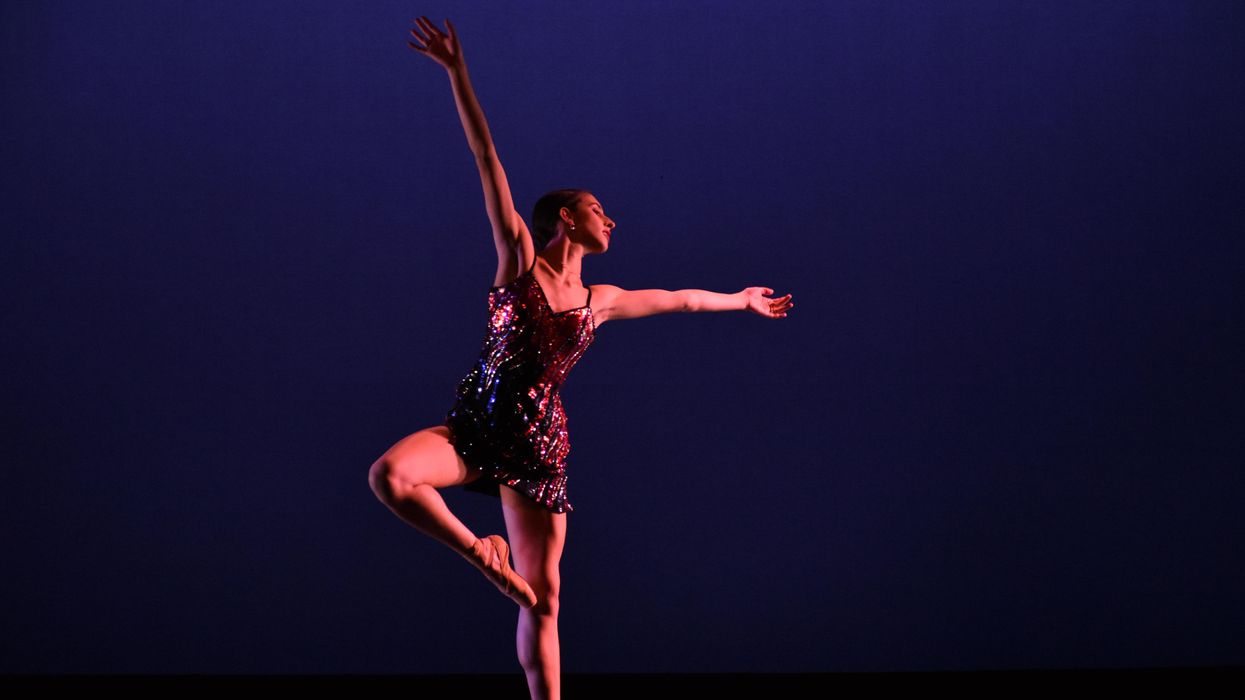Aspiring Choreographers: Here's How to Get the Most From Your College Program
Most university dance programs focus on the performance part of the industry. But some students would rather see their choreography onstage than be up there themselves. For aspiring dancemakers, making the most of a college program takes some careful strategizing.
Embrace What Your Program Has to Offer
Even departments that don’t focus on choreography offer opportunities to get your creative juices flowing. Many have student choreography showcases or choreography-based senior capstone projects. You can also ask to assist a guest choreographer. And don’t hesitate to seek advice from a professor who teaches composition classes or has experience choreographing professionally.
Connect With Your Community
Dawn Stoppiello, assistant professor of practice at the University of Southern California Glorya Kaufman School of Dance, has seen opportunities arise from surprising places—she recommends young choreographers build relationships beyond campus walls. “You never know who is doing what and how you might connect. Be gregarious and share what you are up to with anyone who will listen,” she says. Aspiring choreographers shouldn’t be intimidated by local companies and artists that are more established. “Don’t be afraid of the big kids in town,” she says. Stoppiello also points out that old relationships can inspire new opportunities: Several of her students choreograph for their former dance schools when they return home for winter break.

Mary Mallaney, Courtesy USC
Go Digital
The recent explosion of filmed dance projects has allowed students to choreograph anywhere and share their work instantly. Using social media to showcase snippets of work is practically instinctual among young choreographers in the age of TikTok and Instagram, but Stoppiello also encourages her students to build their own websites. She compares social media to a “fast-running stream” and a website to a “still pond” where students can collect their body of work and present it in a comprehensive portfolio.
Don’t Stop Creating
“Choreography is not a skill, it’s a muscle,” says Cameron Terry, a recent University of Oklahoma graduate. “The more you’re in the studio choreographing, you’re going to be able to really find your voice and get comfortable in the front of the room.” Even when he isn’t preparing for a performance, Terry says he goes into the studio as much as possible and choreographs movement on other dancers. College is one of the few times when you’ll have access to free studio space, so take advantage of it.
Find the Right Fit
If you’re searching for a college dance program that will emphasize choreographic training, look out for a few key opportunities:
•
Several semesters of choreography/composition classes
• Choreographic showcase opportunities
• Programs with a choreography focus or minor
What Comes After
Postgraduation, aspiring choreographers typically follow one of these three paths—and sometimes multiple at once.
Work freelance
Nelly van Bommel, the director of the SUNY Purchase Conservatory of Dance, recommends young choreographers take advantage of any opportunities to present their choreography and receive feedback from peers and faculty. “The more you continue to do your work, the more you continue to develop your voice and meet future collaborators,” she says. Choreographers starting out can enter festivals and competitions, or send sample work to companies. Van Bommel suggests students start collecting a list of places to reach out to while still in school by asking their professors and guest choreographers for recommendations.

Courtesy SUNY Purchase
Go to graduate school
Master’s programs in dance typically offer plenty of access to space and dancers, commodities which can be challenging for choreographers working on their own to obtain, says van Bommel, who received an MFA from Purchase.
Start a company
Although Terry plans to attend a graduate program, he also started his own company, Shades Dance Theater, while still an undergrad. Terry likens the company to a baby that he is working to nurse and help grow, so that no matter the directions his life takes him, the company will offer a consistent opportunity to continue crafting.
Young directors can’t always pay their dancers immediately, but if you’re drawn to starting your own company, van Bommel recommends applying for space grants and staying connected with college dance friends who already know and like your work enough to collaborate for minimal pay.




